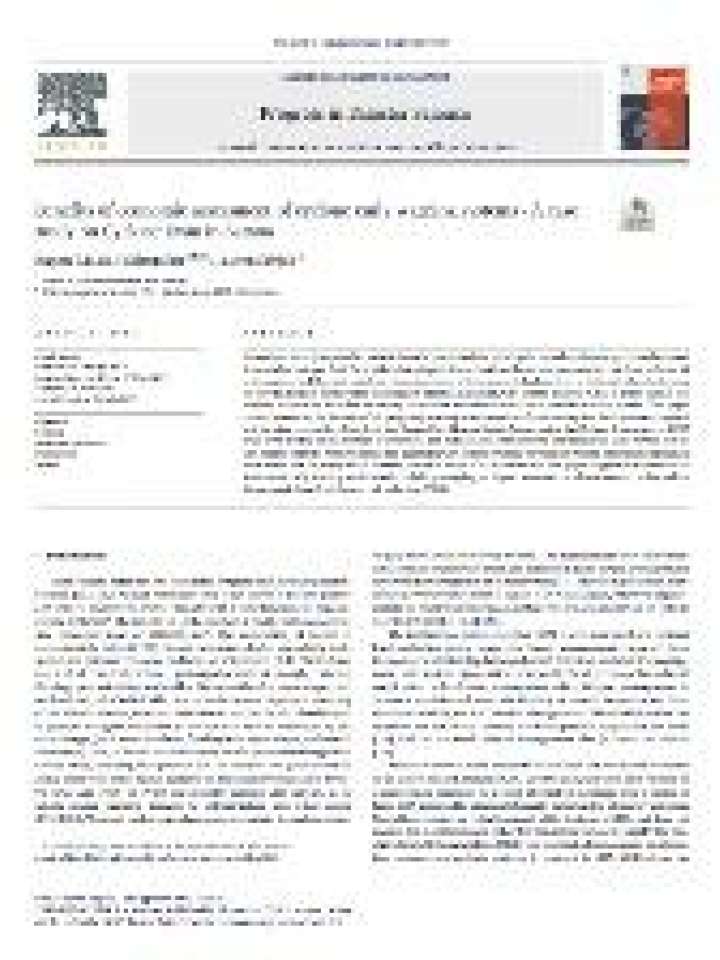Benefits of economic assessment of cyclone early warning systems - A case study on Cyclone Evan in Samoa
Samoa is extremely exposed to natural hazards, particularly tropical cyclones and earthquake-generated tsunami. Some studies have put forth the position that adequate investment in early warning systems can contribute to the social and economic well-being of countries. However, in spite of these research findings, there is still a lack of understanding on how to measure effectiveness that leads to limited investment. Cost-benefit analysis (CBA) is a tool used in this study to summarize the value for money in terms of investment to enhance an early warning system. This paper aims to summarize the benefits of adopting early warning systems and their effectiveness against the investment required and their value proposition.
Data from the ‘Samoa Post-Disaster Needs Assessment of the Cyclone Evan event in 2012’ have been used to assess damage information, and stakeholders consultations and interviews were carried out for cost-benefit analysis. The authors have conducted quantified CBA of early warning services for cyclone hazards and the results have shown that for every USD 1 invested, there is a return of USD 6 as a benefit. This paper suggests that economic assessment of early warning services could help in quantifying pre-impact assessment to demonstrate to policy makers the economic benefit of disaster risk reduction (DRR).
Explore further
